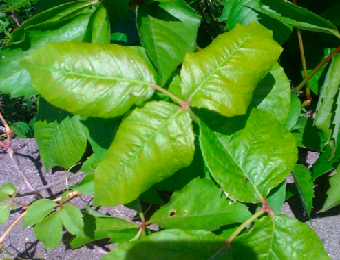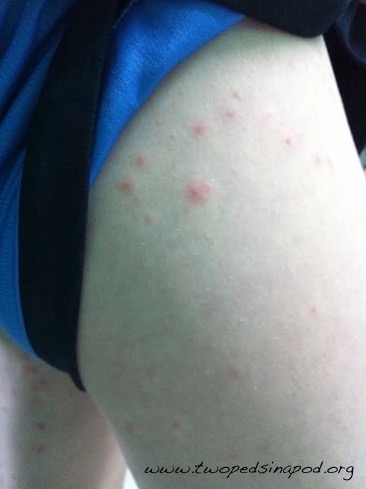
“Now what kind of soup did the doctor recommend? Was that tomato soup? Mushroom barley?”
Happy New Year and welcome to Flu Season 2017! Parents ask us every day how they can tell if their child has the flu a cold. Here’s how:
Colds, even really yucky ones, start out gradually. Think back to your last cold: first your throat felt scratchy or sore, then the next day your nose got stuffy or then started running profusely, then you developed a cough. Sometimes during a cold you get a fever for a few days. Sometimes you get hoarse and lose your voice. Kids are the same way. In addition, they often feel tired because of interrupted sleep from cough or nasal congestion. This tiredness leads to extra crankiness.
Usually kids still feel well enough to play and attend school with colds, as long as they well enough to participate. The average length of a cold is 7-10 days although sometimes it takes two weeks or more for all coughing and nasal congestion to resolve.
Important news flash about mucus: the mucus from a cold can be thick, thin, clear, yellow, green, or white, and can change from one to the other, all in the same cold. The color of mucus does NOT tell you if your child needs an antibiotic and will not help you differentiate between a cold and the flu.
The flu, caused by influenza virus, comes on suddenly and makes you feel as if you’ve been hit by a truck. Flu always causes fever of 101°F or higher and some respiratory symptoms such as runny nose, cough, or sore throat (many times, all three). Children, more often than adults, sometimes will vomit and have diarrhea along with their respiratory symptoms, but contrary to popular belief, there is no such thing as “stomach flu.” In addition to the usual respiratory symptoms, the flu causes body aches, headaches, and often the sensation of your eyes burning. The fever usually lasts 5-7 days. All symptoms come on at once; there is nothing gradual about coming down with the flu.
So, if your child has a runny nose and cough, but is drinking well, playing well, sleeping well and does not have a fever and the symptoms have been around for a few days, the illness is unlikely to “turn into the flu.”
Remember: colds = gradual and annoying. Flu = sudden and miserable.
Fortunately, a vaccine against the flu is available for all kids over 6 months old (unfortunately, the vaccine isn’t effective in younger babies) that can prevent the misery of the flu. In addition, vaccines against influenza save lives by preventing flu-related complications that can be fatal such as pneumonia, encephalitis (brain infection), and severe dehydration. Even though we are starting to see a lot of flu, it is not too late to get the flu vaccine for your child, so please schedule a flu vaccine ASAP if your child has not yet received one for this season. Parents and caregivers should also immunize themselves- we all know how well a household functions when Mom or Dad have the flu… not very well!
Be sure to read our guest article on ways to prevent colds and flu and our thoughts on over the counter cold medicines. Now excuse us while we go out to buy yummy-smelling hand soap to entice our kids to wash germs off their hands. After that you’ll find us cooking up a pot of good old-fashioned chicken soup, just in case…
Julie Kardos, MD and Naline Lai, MD
revised from our 2009 and 2015 posts
©2017 Two Peds in a Pod®
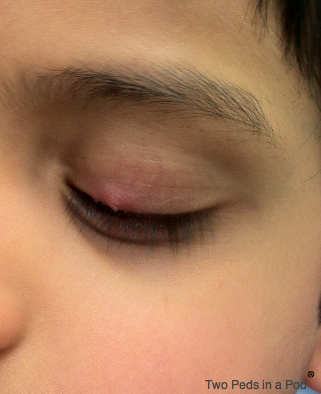
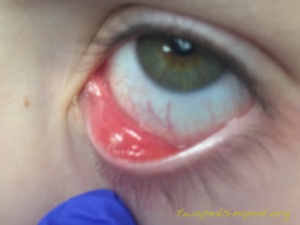
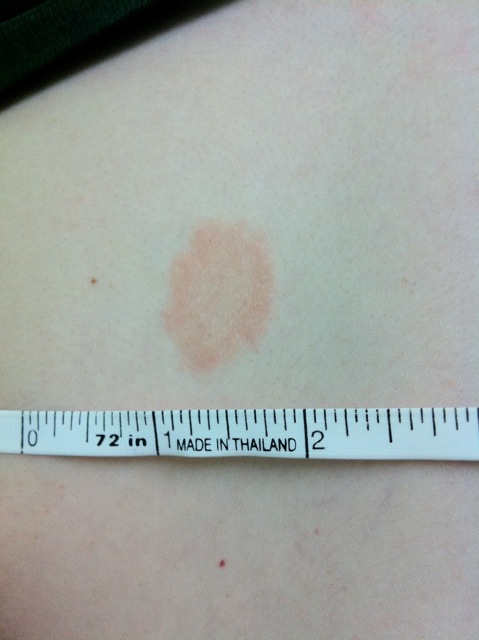 Although it’s called ringworm, this rash isn’t caused by a worm. In fact, it barely looks like a worm. Otherwise known as tinea corporis, the patch of ringworm is usually a flesh or light-pink colored, slightly scaly oval with raised, red edges.
Although it’s called ringworm, this rash isn’t caused by a worm. In fact, it barely looks like a worm. Otherwise known as tinea corporis, the patch of ringworm is usually a flesh or light-pink colored, slightly scaly oval with raised, red edges. 

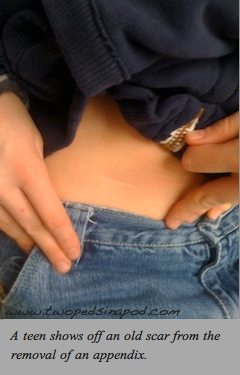 This week Two Peds joined Kelley on her blog
This week Two Peds joined Kelley on her blog 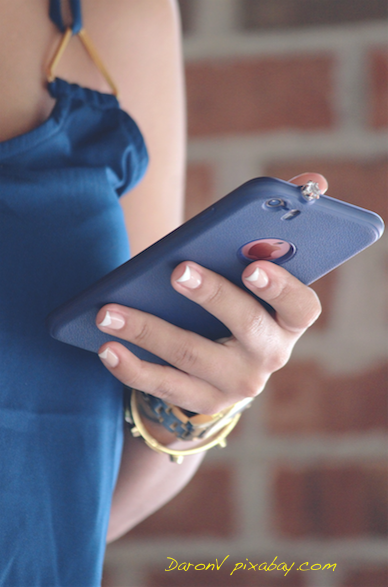 Today , Dr. Lai shares with us the texting guidelines she will be giving to her daughter as she goes away for college (wasn’t
Today , Dr. Lai shares with us the texting guidelines she will be giving to her daughter as she goes away for college (wasn’t